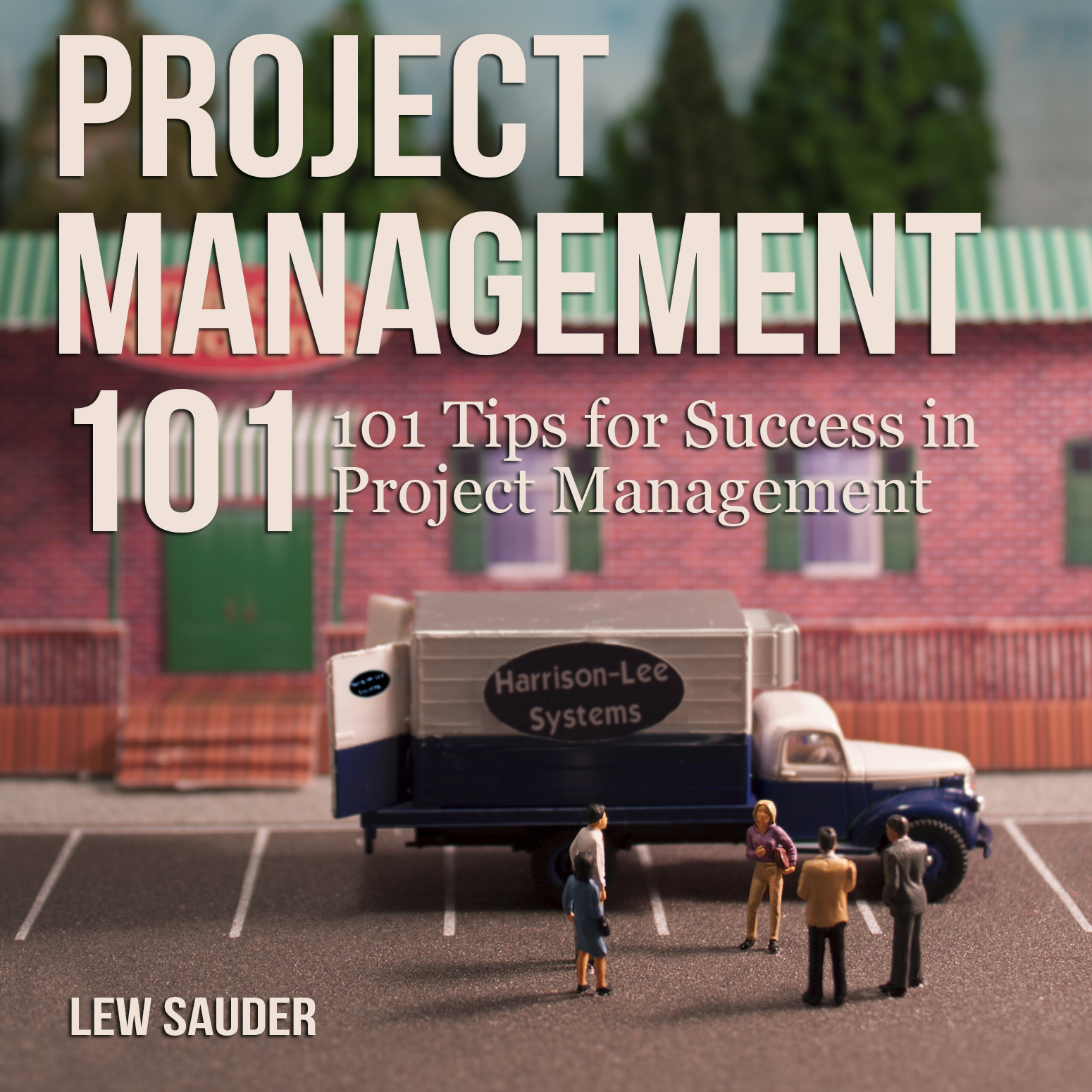How could he not understand what we’re doing? I couldn’t have made it more clearly to him.
That feeling has probably gone through every project manager’s mind at one time or another. You have developed what seems like an easy concept in your mind. You quickly relay that information to someone else. Maybe they didn’t understand it as well as they thought they did. Perhaps they weren’t listening. Maybe they just didn’t care.
I experienced it once on a project that I managed. I felt I had a good rapport with the key business stakeholder. The project started out very open ended. The client had many initiatives that they wanted to accomplish. Part of our job was to help them prioritize things. We worked closely with them and narrowed it down to a category of tasks. We then discussed those tasks and brought it down to three primary initiatives that we wanted to accomplish in our three-month project.
In preparation for a status meeting that involved high level executives in several departments, I sat down with him and summarized the three objectives we had defined. He seemed happy with the discussion and even commented that it will be great for their business if we are able to deliver on these three items.
The next day in the high-level status meeting, his boss asked him about his comfort level to date.
“I’m still not sure what Lew’s team is planning to implement as part of this project,” he responded.
I couldn’t believe what I was hearing. I thought maybe I was dreaming. What was he talking about?
I jumped into the conversation and stated that we had decided to focus the project on those three initiatives. The executive said that those sounded reasonable but that she was uncomfortable with the fact that her guy wasn’t in the loop.
I realize that he may have been playing some political game of avoiding commitment. But he also threw me under the bus in this meeting. It made me realize that communication wasn’t just about talking to people. It has to be a very strategic approach to making sure people hear and understand what you have said. I’ve learned that there are six things that have helped me maintain effective project communication.
Verify understanding with an email.
When I talked to this business stakeholder about the three project objectives that we had all agreed upon, I should have followed up with an email that had summarized our conversation. If he had just been not listening or didn’t care at the time, it would have been right there in black and white letting him know what we planned to accomplish.
If by some chance he was more engaged than that, but didn’t understand it, he might have understood it better after reading it. Either way, it would have been reinforced through written word. If it were appropriate, I should have copied others on the email that would vouch for our agreed scope. If he knew there were email witnesses summarizing our conversation, he might have had more motivation to understand.
Customize communication to the individual.
People learn and comprehend things in a variety of ways. There are auditory people who understand best when they hear something. They tend to “feel” music more than others and can hold a conversation and remember what they hear better. Visual people like to see a picture. They may pick up a white paper, look only at the diagrams, and develop a good understanding of the topic. Finally, kinesthetic people do a lot of their learning based on feeling. They have trouble dealing with people that they haven’t developed a rapport with. They say things like, “I have a good feeling about this.”
It is important to try to identify the type of person you are dealing with. If I knew that my business stakeholder was more of a visual person, maybe I should have drawn a diagram on the whiteboard that would help him visualize the project objectives. That follow up email might have done the same thing.
Set expectations up front.
If I gave you directions to a destination without revealing what that destination is until the end, you might not follow those directions very well. But if I told you that I was going to give you directions to Los Angeles and then started listing the directions, you would probably follow them much better. Knowing the expected destination helps your understanding.
The same applies for explaining a business concept. If you explain to the person what you’re trying to accomplish in the first place, you create a vision. They can mentally develop the roadmap knowing the starting and ending points.
Discuss scope from the customer’s perspective.
As a project manager, your perspective is usually limited to that project. You think about the deadline and your limited resources and try your best to avoid committing to too much scope entering your project.
I had a project once where we had planned multiple phases. Once we defined the scope of the first phase that I was managing, that was my limited focus. Any new functionality would be pushed to a future phase and was out of scope.
While discussing some new functionality with the client, I rather bluntly told him that that was out of scope. He became angry. He considered all of the phases part of the scope. When I told him something was out of scope, he thought I was telling him he would never get that functionality. If I had told him that it is not in scope of this phase, but we can prioritize it for the next phase, he would have had a better chance of understanding.
Explain both short-term and long-term consequences.
Much like considering scope across multiple phases, it is important to think longer term than just the project. The project may be your world, but it is just a piece of the puzzle for the business person.
When advising the business, you certainly want to help them make decisions that are advantageous for the project. But those decisions could affect things well beyond the project. Helping the business stakeholder understand the consequences of her decision from both perspectives will help them to be more successful. She will see you more as a trusted advisor, which may have long-term benefits for your career.
Summarize at the end of meetings.
Some people look at a meeting as a one-hour commitment that ends when they leave the conference room. But most meetings generate assignments and responsibilities that go well beyond the 60 minutes.
It is more productive to spend 1-2 minutes to summarize what each person committed to. If someone needs to follow up to obtain additional information, a reminder at the end of the meeting will help ensure that it gets done.
Additionally, if a meeting had action items, it’s important enough to provide meeting minutes. Distributing meeting notes that summarize the action items and responsibilities shows that you didn’t forget. It increases the odds that the responsible parties won’t forget either.
Conclusion
Being a good project manager entails being an excellent communicator. Some people tell a good story and make sure to never leave people out of the loop. These are good components of good communication. But being a good communicator is much more complex. Effective project communication involves verifying that the other person understands what was said and is committed to your joint decisions. When this doesn’t happen, frustration tends to fester on both sides.
How have you improved your communication on projects.
If you would like to learn more about a career in Project Management, get Lew’s book Project Management 101: 101 Tips for Success in Project Management on Amazon.
Please feel free to provide feedback in the comments section below.
Image courtesy of photostock at FreeDigitalPhotos.net






0 Comments